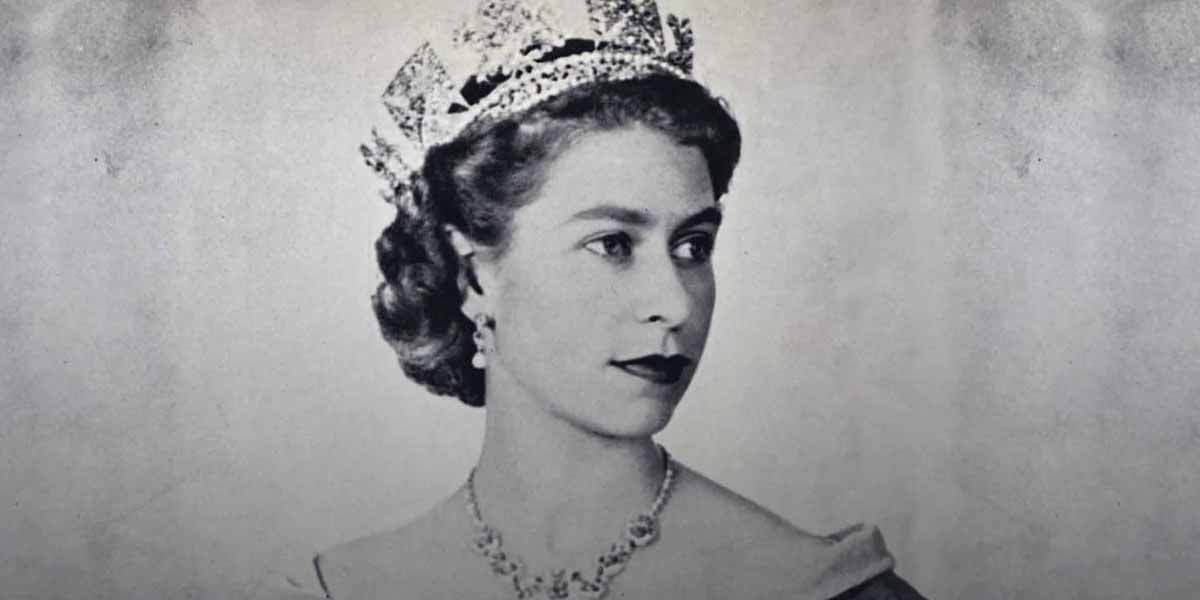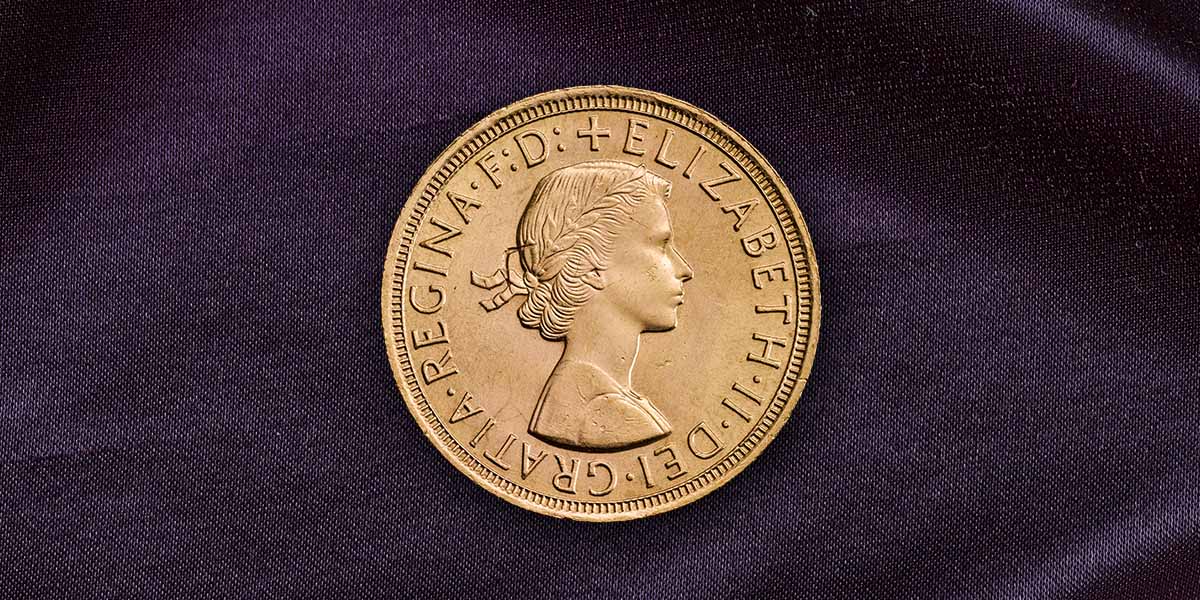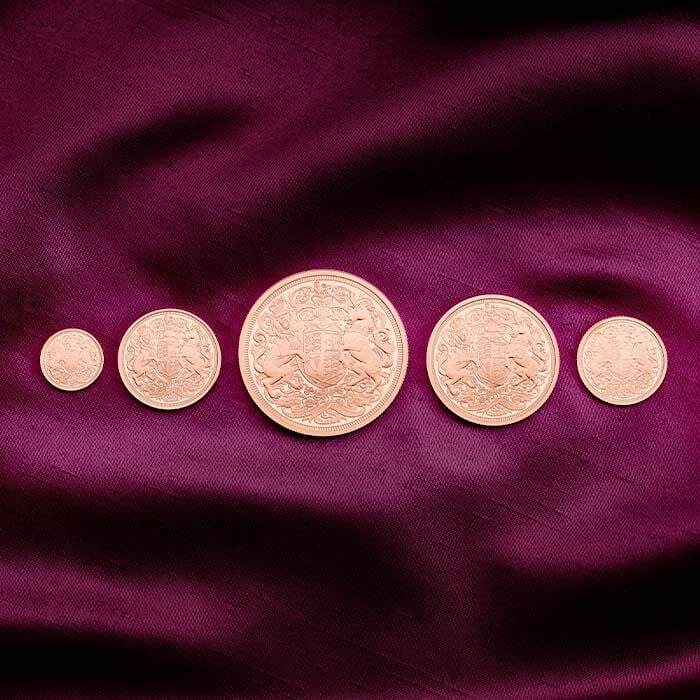The process began with the commissioning of Her Majesty's first royal portrait. International society photographer Dorothy Wilding was asked to take some photographs of the young queen.
Dorothy Wilding’s photographs showed Her Majesty in profile. Traditionally, monarchs always appear in profile on their coins, facing the in opposite direction to their predecessor. As George VI had faced to the left, his successor must face to the right, so creating the familiar composition.

Unveiling the New Portrait
Dorothy Wilding's photograph was issued to 17 artists, who were each invited to submit designs for the first coinage portrait of Queen Elizabeth II. The sculptor Mary Gillick was declared the competition's winner by The Royal Mint Advisory Committee and the royal portrait was unveiled in the autumn of 1952.
Three sets of Proof coins were struck to commemorate the coronation in 1953. Each set included a £5 coin, a £2 coin, a Sovereign and a Half-Sovereign. One set of coins was gifted to the British Museum, one to the Royal Collection and the third set was kept at The Royal Mint Museum where it remains in the collection today, along with the pattern pieces and the original dies.
When Mary Gillick passed away in 1965, her portrait of Queen Elizabeth II was still in use on the nation's coinage. In fact, this first effigy was in circulation until 1968, when it was replaced by a new portrait by Arnold Machin RA.

Be Inspired

THE DEFINITIVE COINS OF QUEEN ELIZABETH II
Discover 70 Years of Coinage
Five Centuries of The Sovereign
Discover A Regal Coin
HIS MAJESTY THE KING'S OFFICIAL COINAGE PORTRAIT
Learn about the design